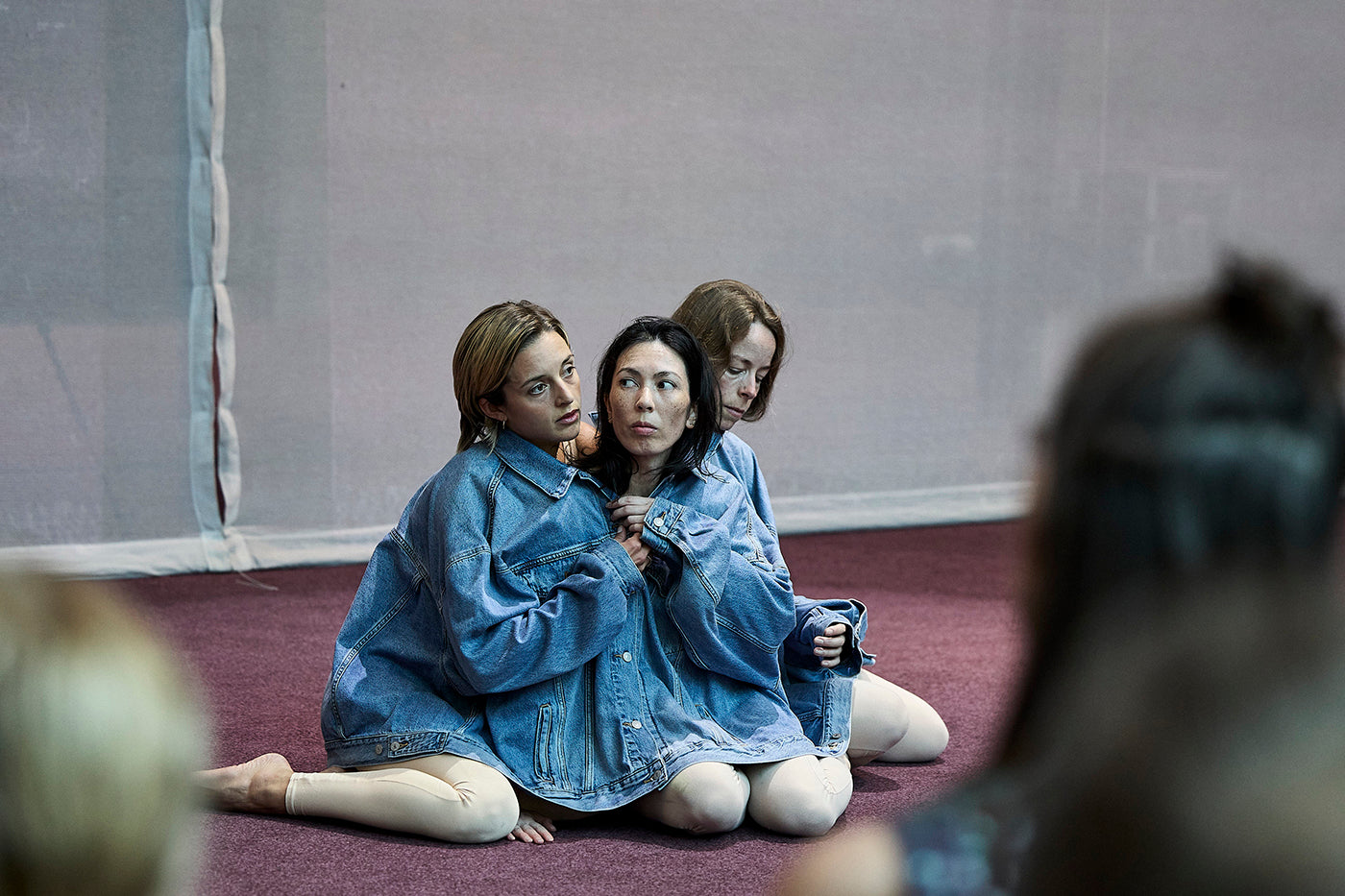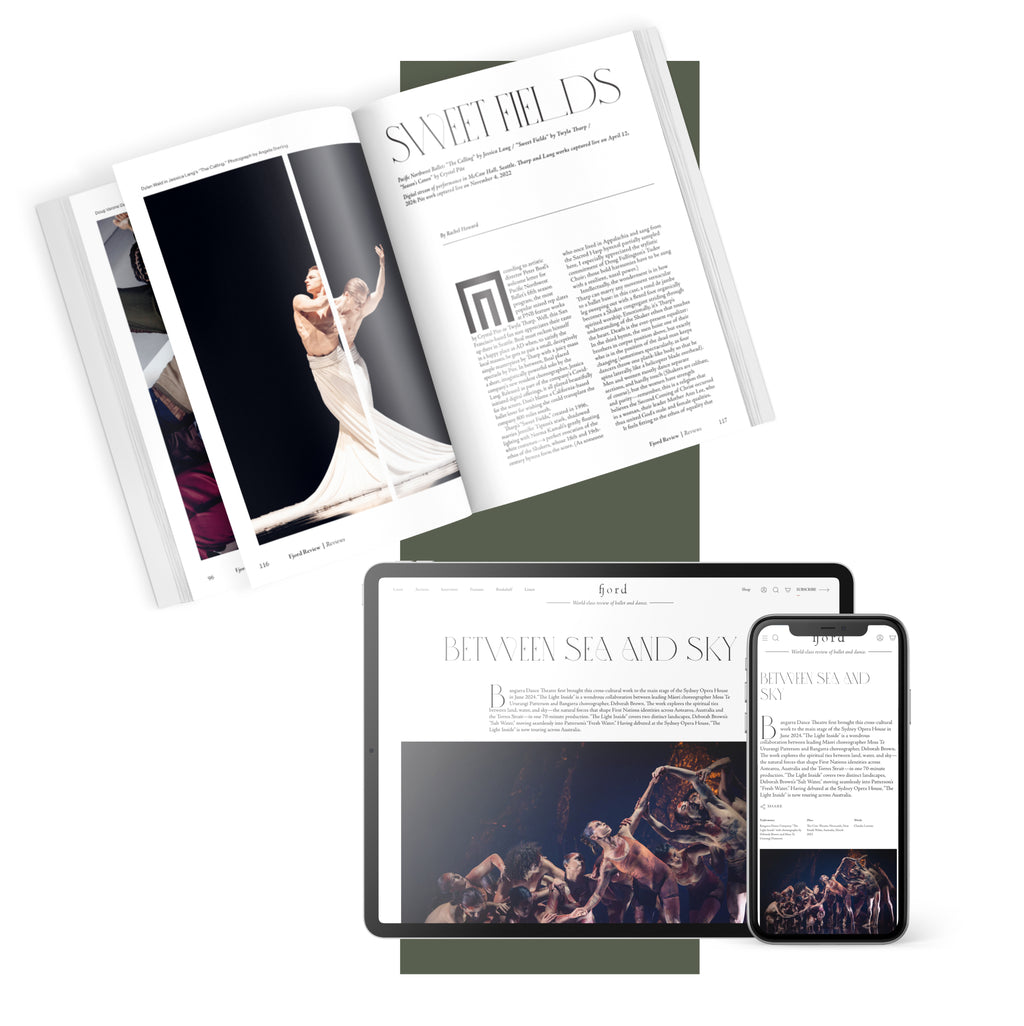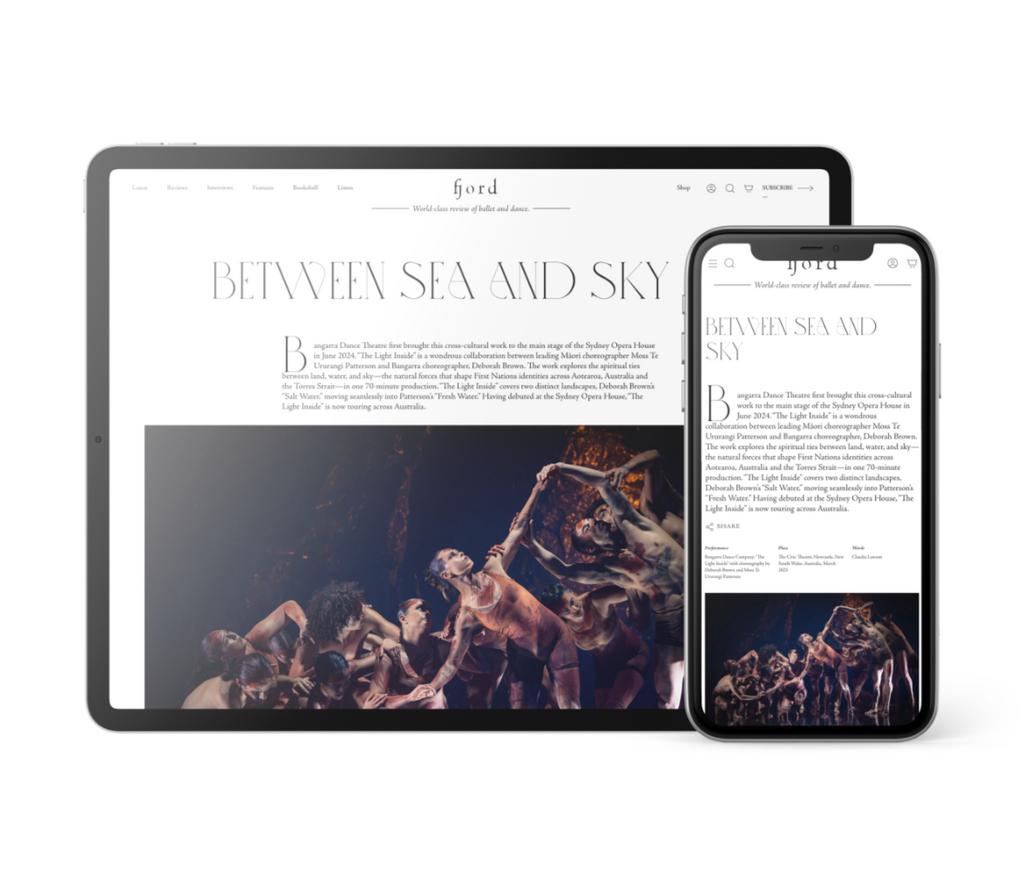Serata William Forsythe
This program of three works by William Forsythe set to the music of James Blake has special meaning for La Scala Ballet.
Plus
World-class review of ballet and dance.
If you believe, you can make yourself into Cerberus the three-headed dog-like monster, who guards the third circle of Hell, the circle of the gluttons, by buttoning together a couple of oversized shirts, and sitting together with two other people, in a huddle on the floor. With three heads close together, you’ll never miss a trick. There is no-one in the assembled audience in the gallery that misses your detection. Or so it feels momentarily in Atlanta Eke’s “Innocence.”
Performance
Place
Words



“Uncommonly intelligent, substantial coverage.”
Your weekly source for world-class dance reviews, interviews, articles, and more.
Already a paid subscriber? Login

This program of three works by William Forsythe set to the music of James Blake has special meaning for La Scala Ballet.
PlusUshering in the ninth season of Dance at the Odyssey, which takes place January 8–February 16 at the Odyssey Theatre Ensemble and features a number of cutting-edge choreographers and world premieres, curator, producer and festival co-founder Barbara Müller-Wittmann adores her job.
PlusAround this time of year, we can all use a little cheer. The early darkness, the cold, the state of the world alone can send one into a spiral.
PlusWill Tuckett’s new production of the “The Nutcracker” for the National Ballet of Japan serves up a holiday feast for the senses. Sweetly invigorating, it’s also a warm toddy for the soul. From start to finish, Tuckett’s “The Nutcracker” is truly a dream.
Plus
comments